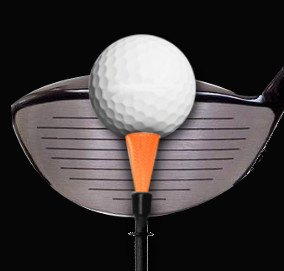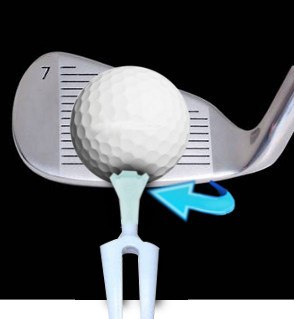
Can a tee really help you hit the ball longer and straighter? That’s the claim made by the manufacturers of so-called “high-performance” tees, which are modified versions of the traditional tee featuring scientifically enhanced designs.
The purpose of high-performance tees is to reduce friction between the ball and the tee’s platform, increasing ball speed by decreasing sidespin, backspin and deflection. The different models all feature some variation on the standard tee cup; some have prongs or posts, others bristles, others a slimmed-down version of the conventional cup.
The tees’ makers typically offer scientific evidence of their product’s superiority. In fact, tests do show that golf balls hit off high-performance tees, either by machines or real golfers, fly and/or roll farther with tighter dispersion patterns on solid strikes and mishits.

Many golfers swear by these tees, though personal results are difficult to quantify under normal circumstances. If you regularly track your driving statistics such as distance and fairways hit, a before-and-after study could certainly prove worthwhile. For instance, chart your stats for the most recent five rounds using standard tees, then switch to a high-performance tee for the next five and compare results. (Naturally, many variables could skew the data, such as playing different courses, weather conditions and the state of your swing.)
The good news is, trying high-performance tees is a can’t-lose proposition. They’re only slightly more expensive than regular tees and, since most are made of materials more durable than wood, you’ll get better mileage from each tee. Besides, if you feel more confident using a high-tech tee, you’ll probably play better.
In other words, you may find high-performance tees to be an easy, affordable way to improve your game.





